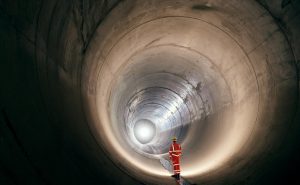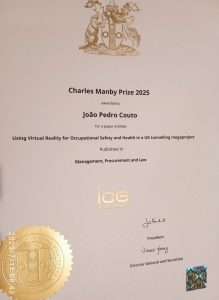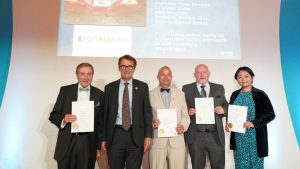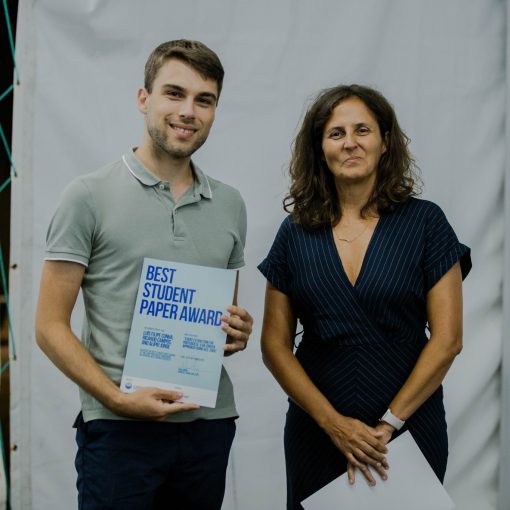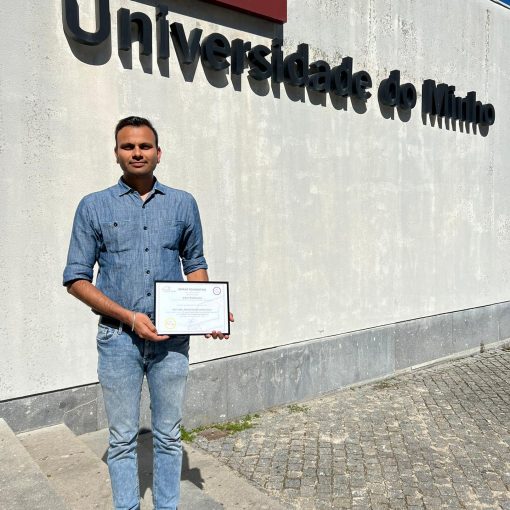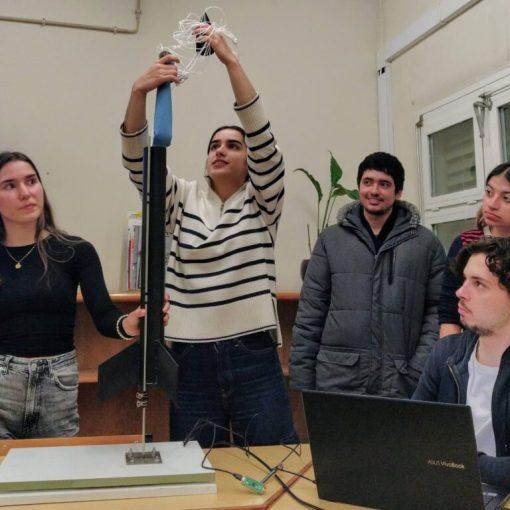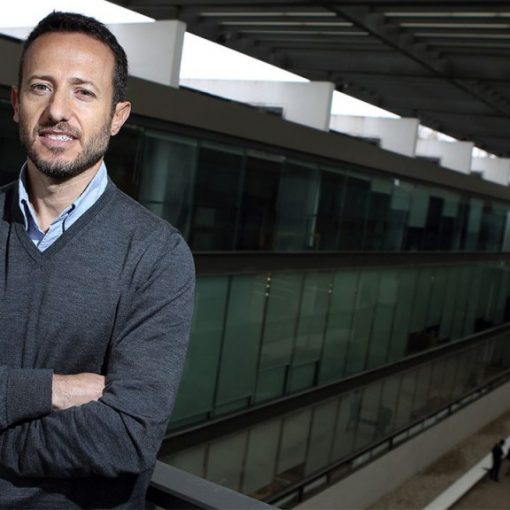João Pedro Couto, professor at the School of Engineering of the University of Minho, was honoured on 3 July in London (United Kingdom) with the Charles Manby Award – awarded by the Institution of Civil Engineers (ICE), a world-renowned civil engineering organisation – for co-authoring the best scientific article of the year in the field, highlighting excellence in technological innovation, improved practices and benefits to society.
The article in question, ‘Using Virtual Reality for Occupational Safety and Health in a UK tunnelling megaproject’, was published in November 2024 in the journal ‘Proceedings of the Institution of Civil Engineers – Management, Procurement and Law’. Its co-authors, who were also honoured, were Manuel Tender (Polytechnic Institute of Management and Technology – ISLA Gaia and Polytechnic Institute of Porto – IPP), Ricardo Santos (IPP), Firmino Silva (ISLA Gaia), Paul Fuller, Peter Demian, Vivien Chow (all three from Loughborough University – LU, United Kingdom) and Alex Vaughan (Institute of Risk and Safety Management, Ferrovial and Laing O’Rourke, United Kingdom).
The study was conducted within the framework of the European scientific consortium Digital4OSH, created in 2020 by ISLA and LU in partnership with IPP, the universities of Minho, Porto and Caledonian in Glasgow (United Kingdom), Xispoli Engenharia and BIMMS. The consortium was born out of the Tideway Tracer project, promoted by the Institution of Occupational Safety and Health and LU to improve safety in the construction industry by applying artificial intelligence and building information modelling (BIM).
London’s ‘super sewer’
The award-winning article focused on the central section of the Thames Tideway Tunnel megaproject, London’s ‘super sewer’, built with a length of approximately 25 km, up to 70 metres deep, 7.2 metres in diameter and 21 connections to the existing network. This is the largest sanitation project in the British capital since the Victorian era and aims to capture and divert wastewater discharges that flow into the River Thames or when it rains heavily, improving water quality and protecting public health. The study showed that immersive simulations in virtual reality and BIM enabled engineers, managers and workers on that tunnel to better identify potential risks before entering the actual construction environment, train safety procedures more effectively and in 20% less time, and reduce the likelihood of accidents by 10%.
Despite challenges such as costs, portability and ease of access, the results point to a paradigm shift in safety management in large engineering projects, using digital technology to empower teams, increase efficiency, anticipate invisible hazards and protect lives,” said João Pedro Couto, who is a professor in the Department of Civil Engineering at UMinho and a researcher at the Centre for Territory, Environment and Construction (CTAC). The corresponding author of the award-winning article also highlighted the link between science and industry in this case, to generate practical solutions that have an impact on the competitiveness of companies and the lives of workers, contributing to cutting-edge research in critical areas and to a more innovative and secure Europe.
+Info: www.digital4osh.com
www.cienciavitae.pt/portal/en/D61F-7EBC-5E40
www.emeraldgrouppublishing.com/ice-publishing-awards www.icevirtuallibrary.com/doi/full/10.1680/jmapl.23.00109
